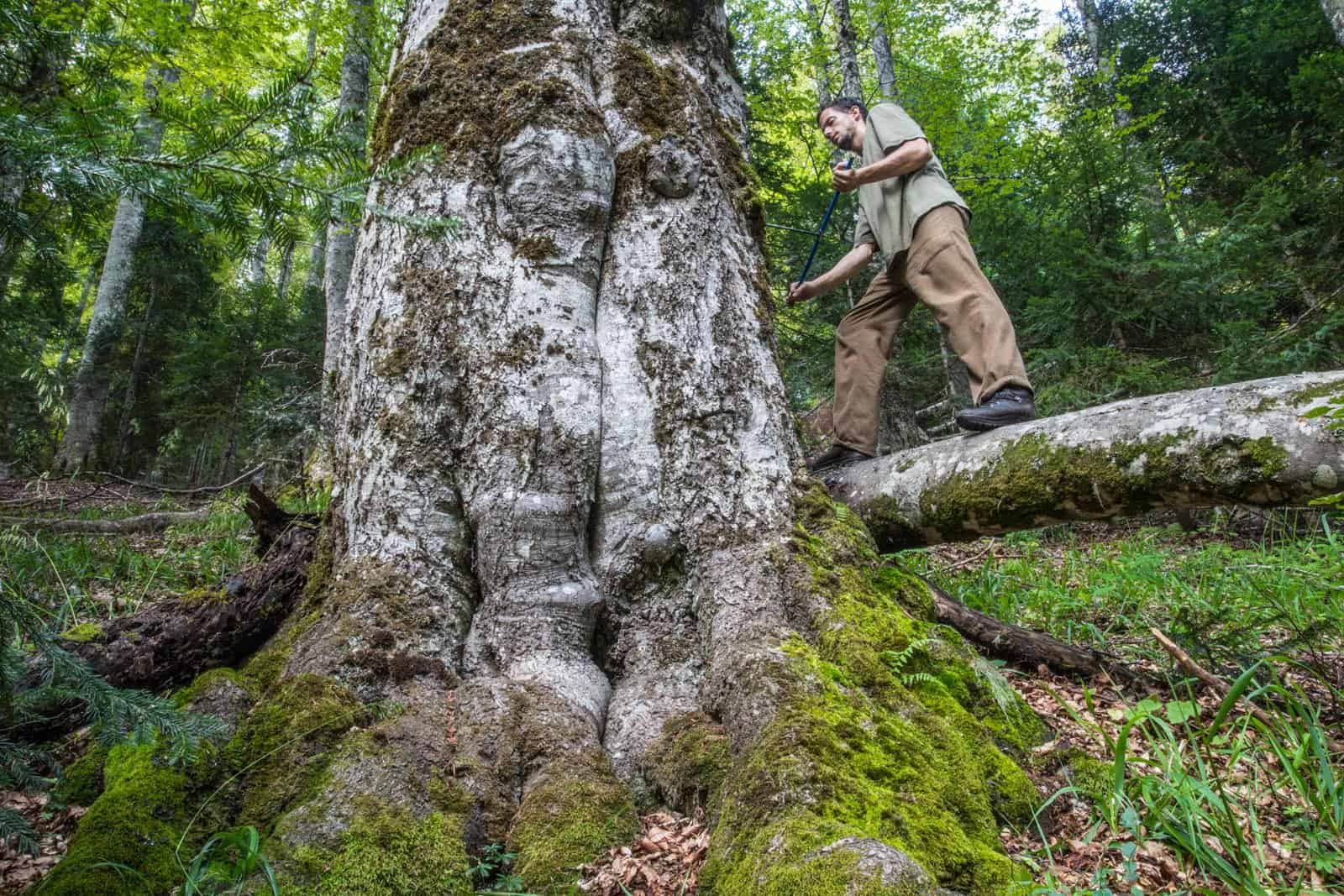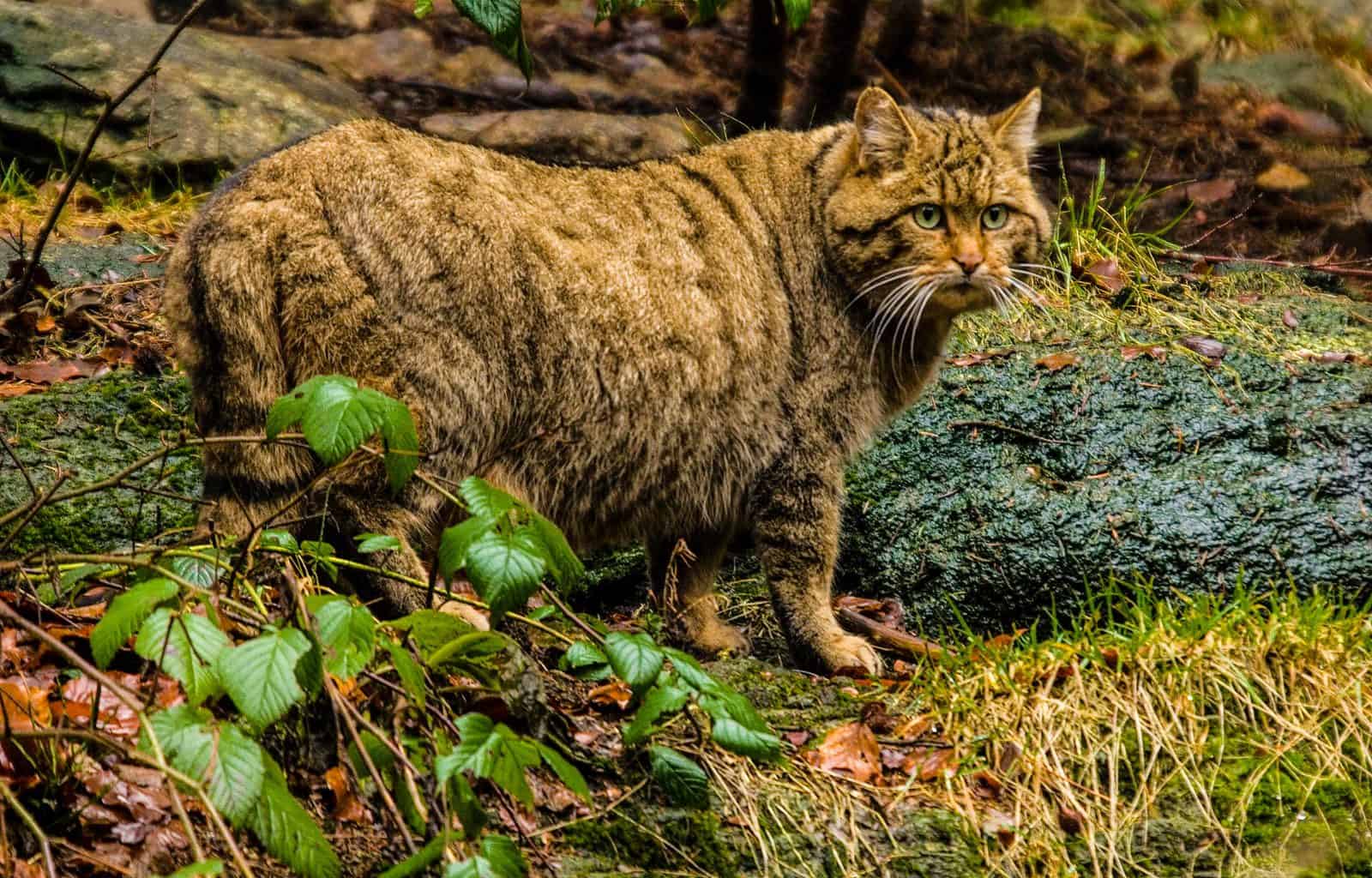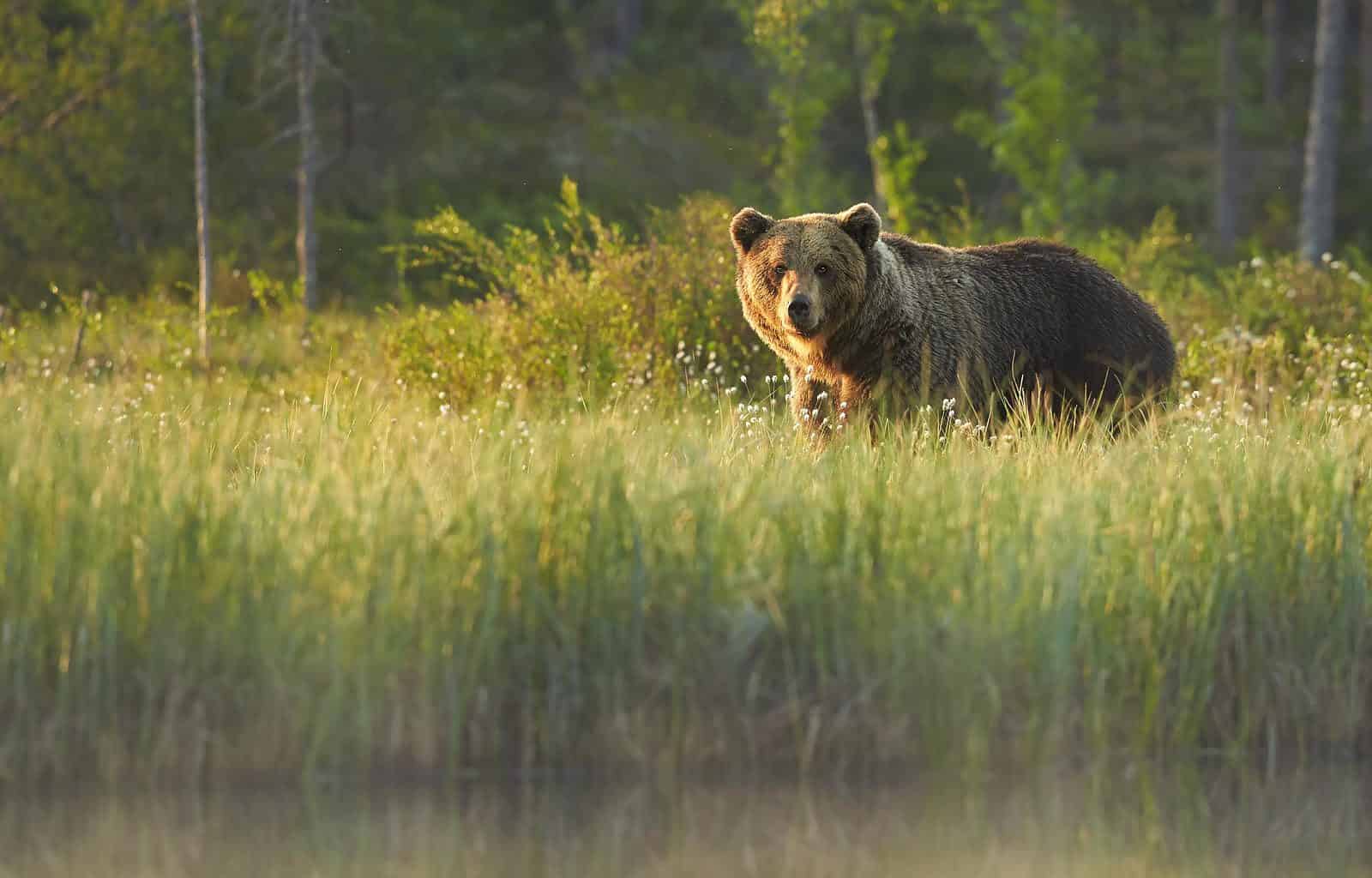At least 28 species were saved from extinction since 1993
Researchers under the lead of Newcastle University and BirdLife International have calculated how many mammal and bird species we would have lost since 1993 without conservation action. The study reports that at we have saved least 28 bird and mammal species from complete extinction in the last few decades. This study clearly shows, that conservation, with enough legal and financial support, can significantly slow down extinction crisis.
We usually hear bad stories about the biodiversity crisis, and there is no doubt that we are facing an unprecedented loss in biodiversity through human activity – but the loss of entire species can be stopped if there is sufficient will to do so. This is a call to action.

Please also read: Extinction of species
Aichi biodiversity targets
In 2010, The Parties to the Convention on Biological Diversity (CBD) signed a strategic plan for 2011–2020. It included 20 ‘Aichi Biodiversity Targets’. One of the targets, number 12, states that ‘By 2020, the extinction of known threatened species has been prevented and their conservation status, particularly of those most in decline, has been improved and sustained’. A group of researchers from Newcastle University and BirdLife International decided to calculate if the world has reached this target. In addition, they wanted to know to what extent conservation efforts can reverse current extinction rates. The study focused on birds and mammals because they are the taxonomic classes with most detailed information on the Red List of threatened species of the IUCN.

Gratifying results
To achieve study goals, the researchers invited experts to analyze data of currently most threatened birds and mammals. They took into consideration population size, trends and actions taken to halt extinction of certain species. Afterwards, the experts had to decide what was the likelihood that each species would have gone extinct if the public did not implement any conservation strategies.
The study found that conservation actions have prevented 21-32 bird and 7-16 mammals species from extinction since 1993. Of course, it is difficult to estimate what might have happened under different circumstances. And that is why the results show some uncertainty and range. However, even the bare minimum of 28 mammal and bird species is exceptionally encouraging news for the conservation community. The study also suggests, that with no conservation efforts, the extinction rates in these groups would have been at least 2.9–4.2 times higher for 1993–2020, and 12–26 times higher for 2010–2020.
Importance of the research
The research is important not only because it conveys a positive message in times of gloomy prognosis and despair. It also highlights the threats to birds and mammals and effectiveness of conservation measures that tackles those threats. For birds, the most frequent extinction threat was invasive species. For mammals, the worst issue was hunting. And for both mammals and birds, habitat destruction still is a leading cause for extinction. Therefore, conservation efforts which tackled these issues were the most successful.
In addition, the study showed the importance of ex-situ conservation: captive-breeding, translocation and/or re-introductions. Przewalski’s Horse Equus ferus and Guam Rail Hypotaenidia owstoni are the two examples of this conservation strategy. These species had been formerly extinct in the wild but now they are reproducing freely again due to successful translocations. In general, bird species benefited the most from invasive species control, conservation in zoos and habitat protection. Mammal species benefited from legislation of hunting, ex-situ conservation and reintroductions.
Our results show that despite the overall failure to meet the targets for conserving nature set through the UN a decade ago, significant success in preventing extinctions was achieved. This should encourage governments to reaffirm their commitment in the post-2020 Global Biodiversity Framework currently being negotiated. Such a commitment is both achievable and essential to sustain a healthy planet.

The message of this study is clear: there is still hope. Even though the study shows that the world did not achieve 20 ‘Aichi Biodiversity Targets’, it proves that conservation efforts can give apparent results. We can hope that the examples of successful conservation strategies will encourage societies and governments to contribute more to the conservation, and stop the dreadful train of extinction crisis.








